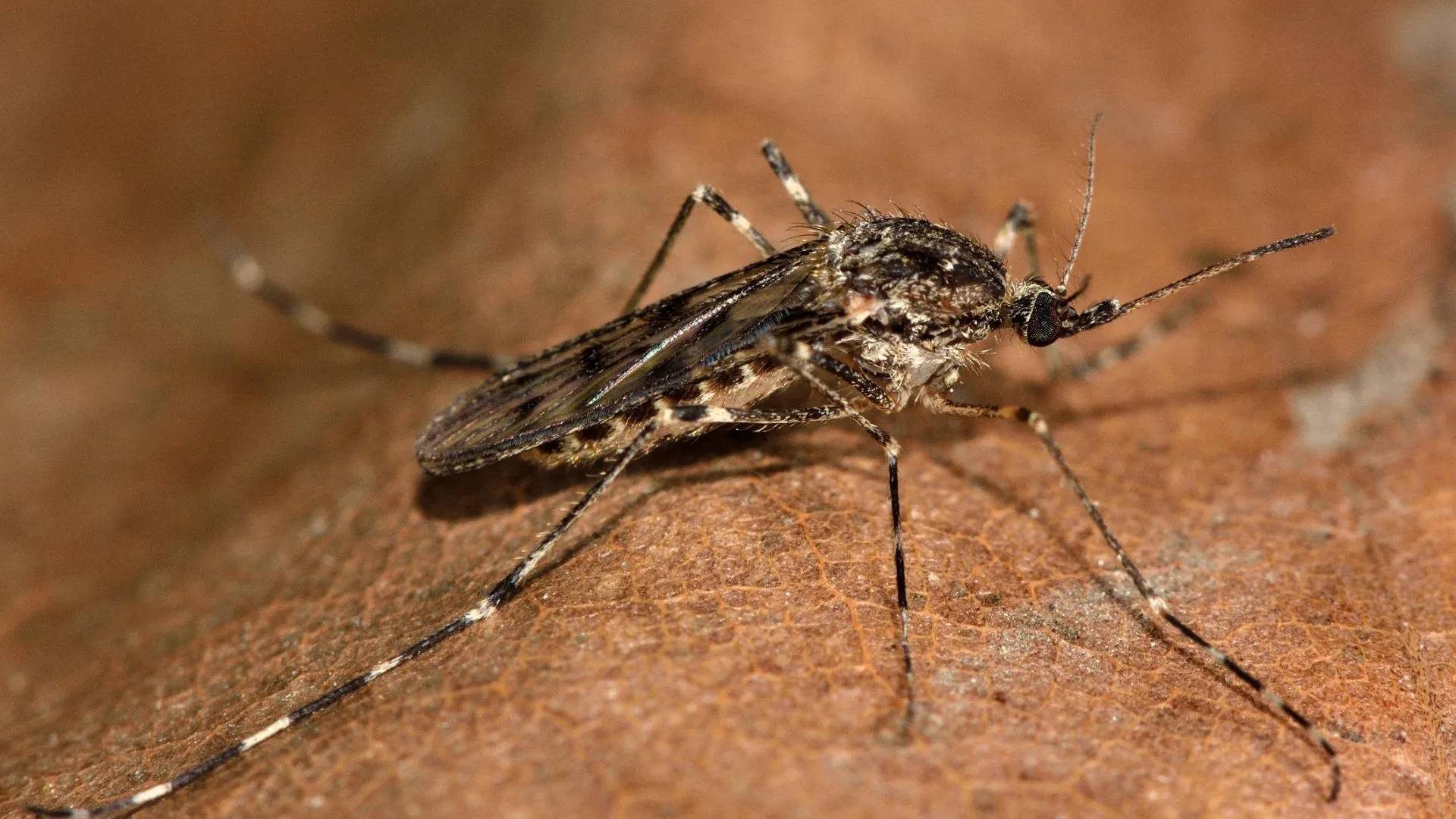Copyright Newsweek

Sea urchins have a body that is entirely made up of "head"—with a surprisingly complex central nervous system that functions, in essence, like an "all-body brain." This is the conclusion of an international team of researchers, who found that this nervous system has a genetic organization resembling that of the brain of vertebrates, like humans. "Our results show that animals without a conventional central nervous system can still develop a brainlike organization," said paper author and biologist Jack Ullrich-Lüter of the Natural History Museum, Berlin, in a statement. He added: "This fundamentally changes how we think about the evolution of complex nervous systems." A notable feature of many sea urchins—and other members of their phylum, the Echinodermata, such as starfish, sea cucumbers and brittle stars—is that their body plans change symmetry as they mature. We humans have what is known as "bilateral symmetry," meaning that our bodies can be divided into two halves, left and right, that are broadly symmetrical. In fact, 99 percent of all animals—that is, some 1 million species—are known to share this trait, which is used to lump them together into a large group known as the "bilateria." All bilaterians have some asymmetrical features, however. If you look in the mirror, you’ll probably see that two sides of your face aren’t exact mirror-images of each other (unless, of course, you are enviably attractive …) Internally, the human heart is positioned slightly to the right of the chest, while the liver lies predominantly on the right side of the body. In the Echinodermata, however, individuals typically start out as bilaterally symmetrical, free-swimming larvae before developing a radial, five-fold (pentamerous) symmetry as adults. It was this transition that Ullrich-Lüter and his colleagues set out to investigate—aiming to determine how it is that a single genome could generate two such different body plans and then to identify the cell types that enable this transformation. In their study, the researchers mapped out the cell types found in young specimens of the purple sea urchin, Paracentrotus lividus, shortly after their metamorphosis. The team found that the adult body plan of sea urchins is overwhelmingly "headlike"—they do not really have a true "trunk" region at all. In fact, those genes that, in other species, would lay out the structures of the central body are in sea urchins active only in such internal organs as the gut, and their "water vascular system"—a series of tube feet and connected canals, which the creatures use for locomotion, respiration and to move around food and waste matter. What was most striking, according to the team, was the sheer diversity of neuronal cell types that they discovered in the spiky creatures. The researchers report that hundreds of different neurons analyzed were found to express both echinoderm-specific "head" genes and more ancient ones that, in vertebrates, are found in the central nervous system. Put together, the findings suggest that sea urchins do not, as was long thought, merely possess a "mere network of interconnected neurons and ganglia," but instead sport a remarkable, brainlike system that is integrated throughout their entire body. The team’s investigation also revealed that the spiny sea creatures also sport light-sensitive cells—comparable to structures found in the human retina—across their entire body. In fact, large parts of the sea urchins’ nervous system appears to be light-sensitive, suggesting that its action could even be regulated by light-based cues. One cell type team that the researchers found even included two different light receptors, suggesting a complex ability to detect and process light in a creature whose visual capacity appears to have been long underestimated. Do you have a tip on a science story that Newsweek should be covering? Do you have a question about biology? Let us know via science@newsweek.com. Reference



